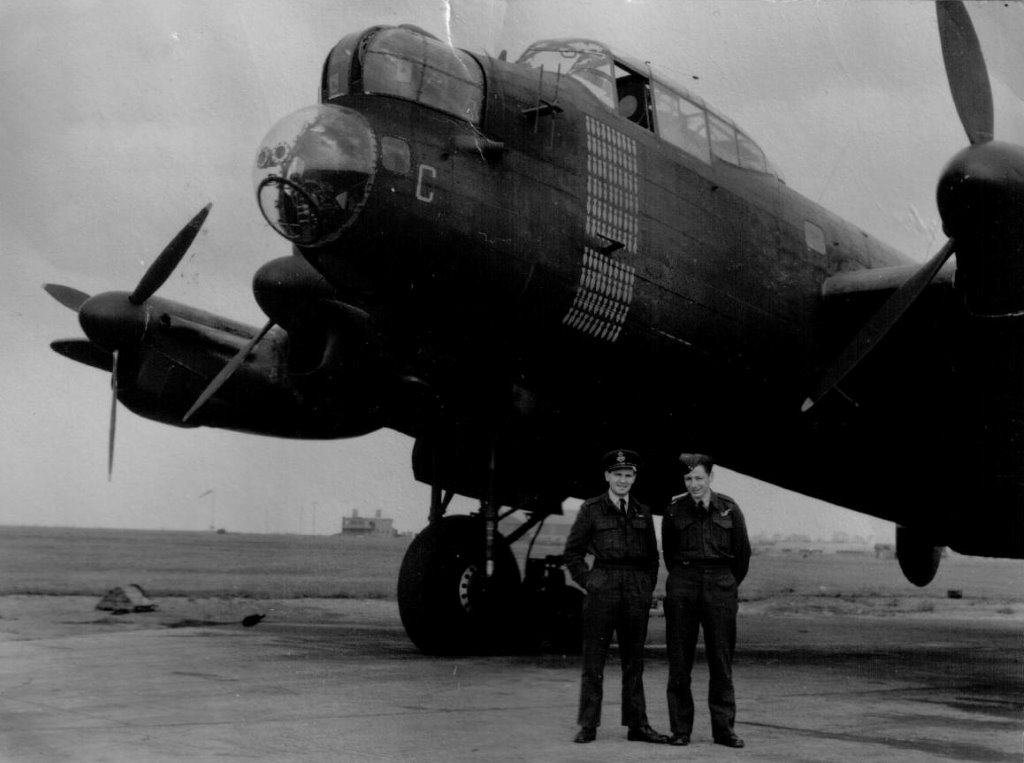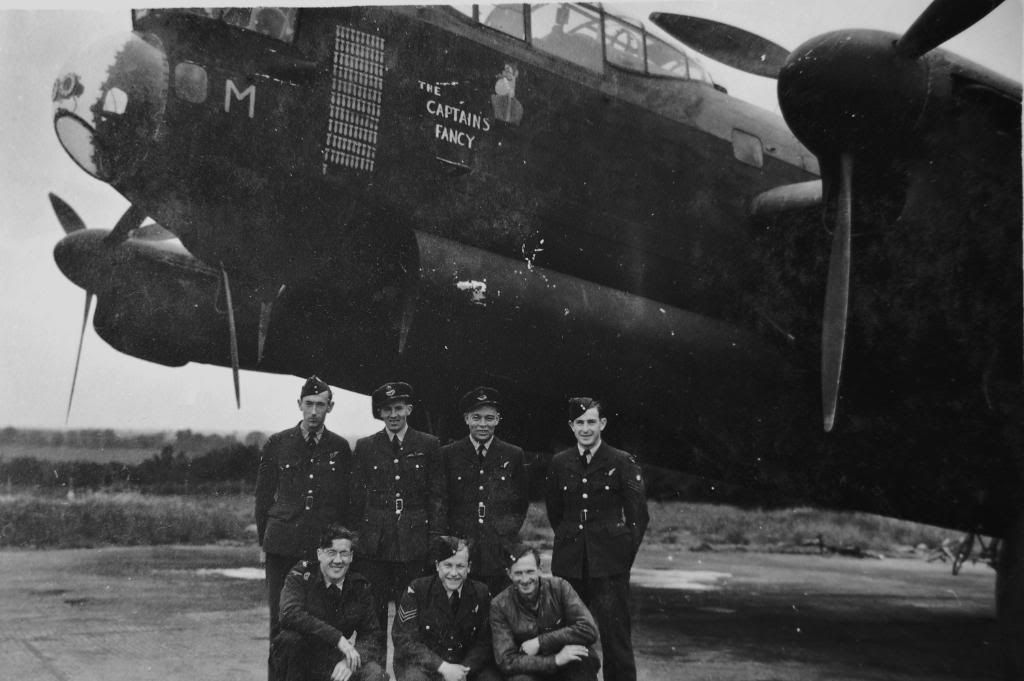|
|
Post by skyhawkdon on Dec 1, 2015 19:00:30 GMT 12
Is that the old car assembly plant at Trentham that Sir Peter recently purchased? Hopefully one of those Lancs ends up at Wigram...
|
|
|
|
Post by baronbeeza on Dec 1, 2015 20:04:41 GMT 12
|
|
|
|
Post by delticman on Dec 1, 2015 21:18:14 GMT 12
Is that the same John Shivas that sold aircraft in Christchurch?
|
|
|
|
Post by saratoga on Dec 2, 2015 20:45:30 GMT 12
The unknown plane would appear to be a Grunau SG38 Schulgleiter(German Glider),a 1938 design for easy pilot training.
|
|
|
|
Post by nuuumannn on Dec 3, 2015 0:17:19 GMT 12
Intriguing pictures, the kind you see of celebs getting up to mischief taken by the paparazzi.
It's a Slingsby T.38 Grasshopper, which was a British built version of the DFS SG 38 previously mentioned.
The gun is an 8.8cm 88.
|
|
|
|
Post by Dave Homewood on Dec 3, 2015 9:50:51 GMT 12
I have never heard of the 88mm anti-aircraft gun referred to as 8.8cm before. In the RNZAF we were told centimetres were only for dressmakers.
|
|
|
|
Post by ErrolC on Dec 3, 2015 10:05:24 GMT 12
8.8 cm Flak 18 (or 8.8 cm Flak 36 etc) is the official German designation.
|
|
|
|
Post by delticman on Dec 3, 2015 10:37:36 GMT 12
Your right Dave. That's in our kiwi world. We must also mention people, they are measured in cm's as well. It was interesting to see how much freight the C130 took to the ice. Tonnes would have been a better description of the load.
|
|
|
|
Post by Dave Homewood on Dec 3, 2015 11:04:40 GMT 12
8.8 cm Flak 18 (or 8.8 cm Flak 36 etc) is the official German designation. No wonder they lost the war  |
|
|
|
Post by saratoga on Dec 3, 2015 16:36:35 GMT 12
Unfortunately i didn't have my camera on me,but about 2 weeks ago i saw a truck/trailer unit with what looked very much like a Mosquito fuselage(less nose/tail) and 2 very large wheels(Lancaster?) as the load,going into the GM compound.
At the time,thought the fuselage was too large for mossie but looking at the pics in the Mosquito link,it would have been that size.
|
|
|
|
Post by Dave Homewood on Jan 2, 2016 14:02:21 GMT 12
|
|
|
|
Post by Ian Warren on Jan 2, 2016 14:27:06 GMT 12
What about the farmers eggs, he never got a mail reply back, ... I'd really love to see a Sir Pete's reply to this mission.
|
|
|
|
Post by angelsonefive on Jan 2, 2016 20:50:17 GMT 12
Intriguing pictures, the kind you see of celebs getting up to mischief taken by the paparazzi. It's a Slingsby T.38 Grasshopper, which was a British built version of the DFS SG 38 previously mentioned. The gun is an 8.8cm 88. Just a few years ago there was a glider trailer parked near the Wgton Gliding Club premises at Paraparaumu Airport. The trailer was reputed to contain a derelict Primary Glider ( that is, one of the Zogling/Dagling/SG 38/T 38 Grasshopper type ) and I recall hearing it being referred to as " the Mead ". a15 |
|
|
|
Post by Peter Lewis on Jan 3, 2016 8:38:31 GMT 12
That was the Mead Primary ZK-GHE.
Built by ATC Feilding 1969-70, f/f 4Apr70
Registered to Alf Crowe, Feilding, (of course!) in December 1972.
Supposedly passed on to the Hastings ATC at some stage, but vandalised at Paraparaumu.
Registration cancelled January 1992.
|
|
|
|
Post by baldrick on Jan 3, 2016 11:35:10 GMT 12
Thanks Dave, brilliant set of photos. Number 6 is a classic, that`s the man himself - Barnes Wallis - on the gantry,probably checking the authenticity. Unfortunately the new film wont have a technical authority of that stature. Was nice to meet you and James at HARS, hope you enjoyed your visit. Simmo |
|
|
|
Post by Dave Homewood on Jan 3, 2016 12:20:39 GMT 12
Yes, definitely enjoyed my visit thanks,that is an amazing place!
|
|
|
|
Post by fwx on Jan 3, 2016 20:30:23 GMT 12
To davidd, some posts back, re toothpickers at 75 (NZ) Sqdn. There are at least two photos of 75 toothpickers that survived through to the end of the war. PB418 AA-C Charlie, as flown by the Russell crew in March and April 45, and proudly displaying 100 op's marked:  And the most famous ton-up 75er, NE181, JN-M "The Captain's Fancy" was a toothpicker, shown here with the Ware crew in April 45:  I've also seen reference somewhere to a 75 toothpicker Lanc that was re-fitted with the new paddle blades, commenting on the significant performance increase. Makes you wonder why they didn't re-fit them all? Cheers, Chris |
|
|
|
Post by davidd on Jan 4, 2016 15:24:16 GMT 12
Chris
Don't think that higher performance was the reason for changing from toothpicks to paddle blades. I have checked through the RAF pilots notes for Lancaster (Mks. I, III and X) as well as Dakota, but no mention of any differences between performance with or without paddle blade props, but the Mosquito FB VI, XVIII and FB 26 notes have some interesting details which give some hints of what might be expected after the changeover from the earlier to the later type.
On page 26 (item V of Section 20) of AP 2019E, L & T-PN, it states:-
Propellers. Paddle blade propellers tend to overspeed when power is increased rapidly or during dives. Rapid movements of the propeller speed controls or of the throttle levers should be avoided when this type is fitted.
On page 37 (Part IV - Emergencies), para 66 (Engine Failure in Flight), sub-section (i) it states:- The handling characteristics of individual aircraft differ considerably according to load and type of propeller, and it is therefore recommended that, except in case where it is known to be less, as with narrow blade propellers and light loads, safety speed should be assumed to be 200 m.p.h. (174 knots) I.A.S.
Sub section (iv) of para 66 states:- The drag of a windmilling paddle-bladed propeller is very high and, unless feathering action is instantly taken when this type is fitted, control of the aircraft can only be retained at the expense of a rapid loss of height. This will be aggravated if the live engine is at + 18 lb/sq.in.
Paddle blade props were somewhat heavier than the toothpicks (the "narrow blade" of above quotation) simply because of the greater amount of metal involved, and one would imagine that they might be somewhat slower to accelerate, and slower to de-accelerate than their lighter predecessor. Perhaps the constant speed units ("governors") were not quite up to controlling them as intended because of this weight difference. Also the greater drag of these props following engine failure is emphasised. I was told by an old-time NAC DC-3 pilot that the paddle blades made better air brakes at lower RPM on landing approaches for the same reason (he having also flown the hired TAA freighter used by NAC in the 1950s).
Interesting to see that no real advantages for these props are claimed, although the one real advantage was that they provided greater blade area for the absorption of horsepower for a given diameter. History says the inspiration to develop this prop type was the case of the Lockheed Ventura, whereby this aircraft's designer was reluctant to move the much larger P&W Double Wasp engines further out on the wing if he could avoid it, and the propeller company came up with this option. Also fact that the Mosquito, Lancaster and Mosquito pilot's notes make no claims of greater efficiency or speed is noteworthy. Of course using smaller diameter props also keeps propeller tip speeds below certain critical levels for a given RPM, thus avoiding annoying additional prop noise at high settings. Anybody else care to comment on this?
David D
|
|
|
|
Post by nuuumannn on Jan 12, 2016 13:36:55 GMT 12
Well researched as always, Dave and certainly explains a lot. Certainly the most alarming feature is in the statement about overspeeding with rapid increases of power - one way to f*ck an engine.
Within the governor was a fly wheel that was driven by engine rpm and its weighted arms opened valves that let oil into the hub, the pressure from which actuated the piston in the hub (via a distributor valve), which drove a moving cam, which was toothed and keyed to the blade butt, subsequently altering the blade angle. I suspect the extra blades' weight for no increase in oil pressure entering the hub had some impact on why it took longer to change blade angle; although centripetal force acting on the rotating blades with greater weight and mass explains the change in speed of actuation more thoroughly.
|
|
|
|
Post by Ian Warren on Jan 12, 2016 15:12:33 GMT 12
Of course using smaller diameter props also keeps propeller tip speeds below certain critical levels for a given RPM, thus avoiding annoying additional prop noise at high settings. Anybody else care to comment on this? I do believe this was one off the solution's to fix the sound resonance problems on the Lockheed L188A Electra's with the higher rated Alisons, the early model lower powered kept with the rounded tips - structure strengthened and skin thickness increased but most retro fitted with the later square tip later on, one thing pointed out was the larger paddle props had less stress on the engines. |
|